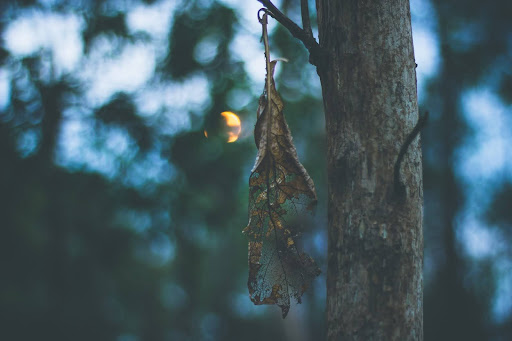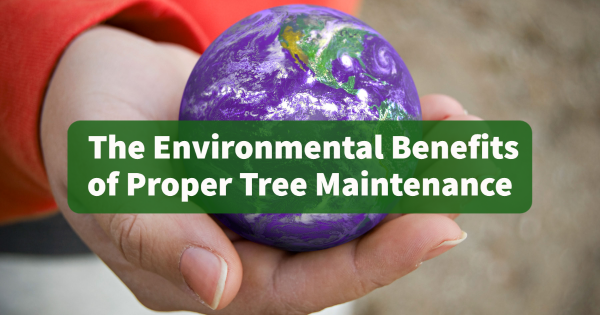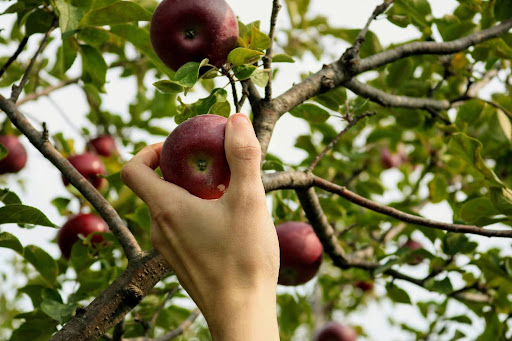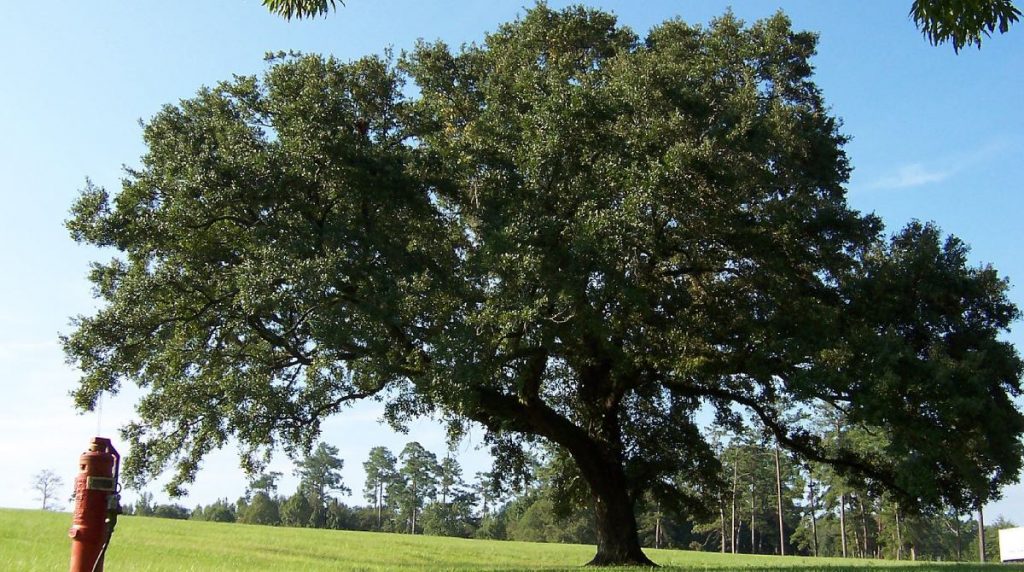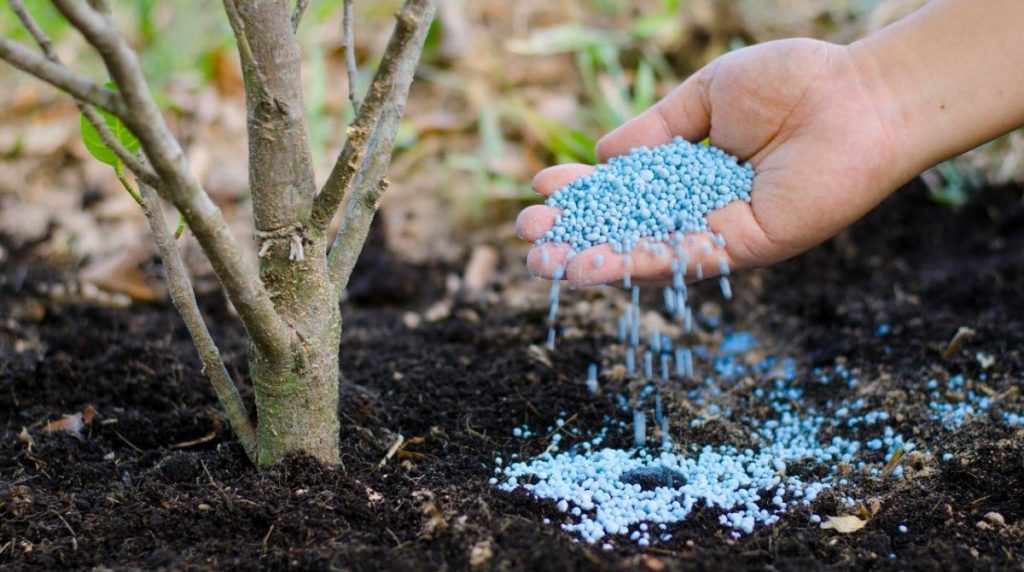
The Ultimate Guide to Fertilizer
Date February 24, 2022
Category
If you’re like most homeowners in North Texas, you want your yard full of beautiful, healthy growth all year round. Getting familiar with the ins and outs of fertilizer may just be the key to achieving it! With so much information out there about fertilizer and especially how to use it, we arborists at TreeNewal have put together the one comprehensive guide to everything you need to know about this essential tool for healthy trees!
What is Fertilizer?
Fertilizer is a substance added to topsoil to enhance the absorption of nutrients to a plant’s root system. It can be made of either organic or synthetic material.
Fertilizers Typically Provide These 3 Essential Nutrients
- Nitrogen
- Phosphorus
- Potassium
Some may also include helpful micronutrients like calcium and zinc for an extra boost to your plants’ health.
Why Do Trees Need Nitrogen?
Nitrogen is most critical throughout a tree’s entire lifespan but is especially important while a tree is young and growing. It can help the tree regain nourishment lost throughout a hot, stressful summer and support survival through tough winters.
Why Do Trees Need Phosphorus?
Trees depend on phosphorus to synthesize, photosynthesize, and also manage their energy to create seeds, grow roots, support development, and withstand the strain.
Why Do Trees Need Potassium?
Potassium helps a tree’s roots develop and its leaves grow strong stems at a steady pace. It can also be a great tool to maintain resilience when fighting disease.
What Happens If You Don’t Use Fertilizer?
Without the help of fertilizer, it can be much harder for trees to grow in their health isn’t optimal. If this stress is long-term, the tree is much more likely to die young. Fertilizer can be the key to your trees thriving for far beyond just decades.
How Much Fertilizer Do You Apply to A Tree?
Our ISA-certified arborists recommend you apply no more than 1 pound per year of nitrogen for every 1000 square feet of the root zone. To calculate the root zone:
- First, find the root radius by measuring the distance in inches from the trunk of the tree to the tip of its longest branch.
- For the square footage of the root zone, multiply the root radius by the root radius (meaning square the number). Then multiply that number by 3.14.
- Example: If the root radius is 150 inches, then the square footage of the root zone is 70,650. Thus, this tree would need at most 70.65 pounds of fertilizer applied in the span of a year.
TIP: A soil test will tell you exactly what ratio of nutrients your tree needs from its fertilizer.
When Should Fertilizer Be Applied to Trees?
If needed, the ideal time to fertilize in North Texas is from about late March to late May. The next best time is once plants have gone dormant around late fall. Ultimately, you want to apply fertilizer whenever roots are actively growing.
Where Do You Put Fertilizer Around Trees?
Apply fertilizer evenly at the perimeter of the tree’s dripline. Make sure to keep the applied fertilizer at least one foot out from the trunk of the tree.
Safety Tips for Fertilizing
- Store Fertilizer Properly
- Store fertilizer in a safe place that is inaccessible to kids and pets as it is extremely dangerous to consume, regardless if synthetic or organic.
- Wear Protective Gear
- Nitrogen on exposed skin can lead to a chemical burn, so be sure to keep your body as covered as possible. Wear gloves, a facial mask, long sleeves, gloves, pants, and safety glasses to stay protected.
Should A Newly Planted Young Tree Be Fertilized?
Typically, newly planted young trees do not need to be fertilized if they’re growing at a steady rate. However, if after 2 or 3 years since planting your tree is showing signs of underdeveloped foliage, stunted growth of twigs, or oddly colored leaves, fertilizing throughout the year may be a good idea for nurturing your tree’s growth.
Should You Fertilize Transplanted Trees?
Unless there are unusual circumstances, hold off on fertilizing your transplanted trees for the first year. Then it can be very advantageous to run that soil test to know exactly what nutrients your transplanted tree needs.
Should You Fertilize Mature Trees?
Once your tree has reached full maturity, it will need less consistent fertilization, but keep an eye on it. As trees age, soil tests will become more and more useful to ensure they stay healthy.
Can You Put Too Much Fertilizer on A Tree?
Yes, it is possible to kill your tree if you overwhelm it with fertilizer. Much like how nitrogen can cause burns to your exposed skin, too much nitrogen can cause fatal burns to the roots of the tree.
If you need help with the often tricky task of properly and safely applying fertilizer to your trees, get in touch with the ISA-certified arborists at TreeNewal and enjoy tailored tree care advice.
To learn more about The Ultimate Guide to Fertilizer, call our Argyle and Southlake-based teams
at tel:(817) 592-6846 or send us a message.
We’re a little different than the average tree services company.
Learn more about TreeNewal’s ISA Certified Arborists!
Our Dallas/Fort Worth-based tree doctors can explain how sustainable tree care services add more value to your bottom line.
Healthy trees, healthy lives.
